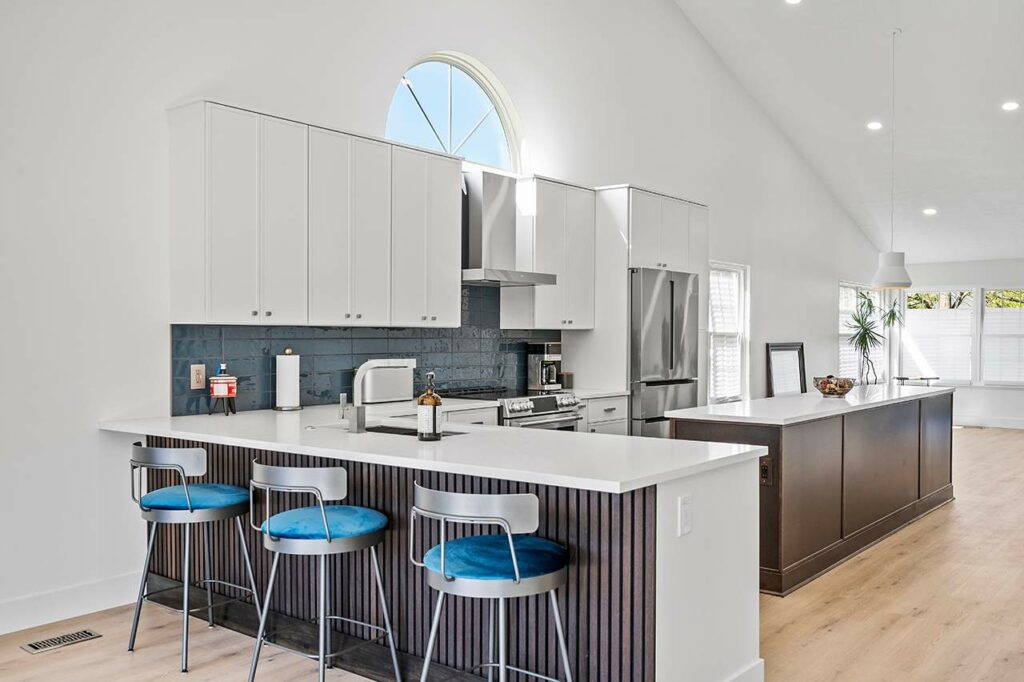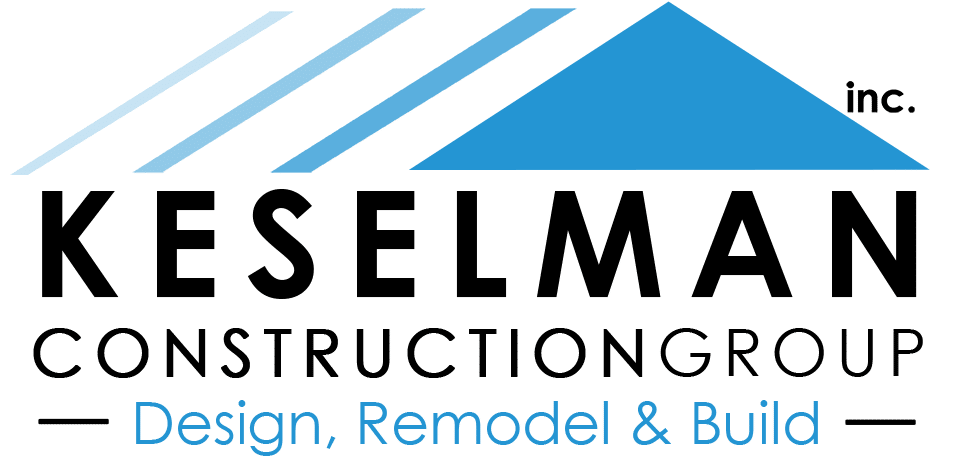It all started when you saw your friend’s new kitchen remodel. All that space, new appliances, marble counter tops, modern lighting… but now the question is how do you get your kitchen looking like that? With home remodels, we often have an idea of what we want, but taking your home from that idea to a reality can be difficult. We wrote down our 8 steps to what we suggest to turn your home into the modern & functional dream home you always wanted. Here’s the overview:
Home Renovation Steps:
1. Understand Your Needs: Assess what you want from the renovation.
2. Budget for Success: Plan your budget to avoid overspending.
3. Find Inspiration: Gather ideas and styles you like.
4. Plan the Layout: Design the space to suit your needs.
5. Select Materials and Finishes: Choose the right materials and finishes for your project.
6. Hire the Right Professionals: Find experienced contractors and designers.
7. Navigate the Renovation Process: Manage the renovation smoothly and address any issues.
8. Add Personal Touches: Personalize your space with unique features.
1. Understanding your needs
Assess the functionality of existing spaces. Walk through each room and ask yourself: Does the layout support the way I live and move within my home? Consider the flow of activities and whether the current setup enhances or hinders daily tasks.
Identify lifestyle requirements and preferences. Consider factors such as the number of occupants, daily routines, and any specific activities that take place within your home. Are you an avid reader who needs a cozy reading nook? Do you love hosting gatherings, requiring a spacious and inviting living area? This personalized approach ensures that your home becomes more than just a structure; it becomes a sanctuary that enriches your day-to-day experiences.
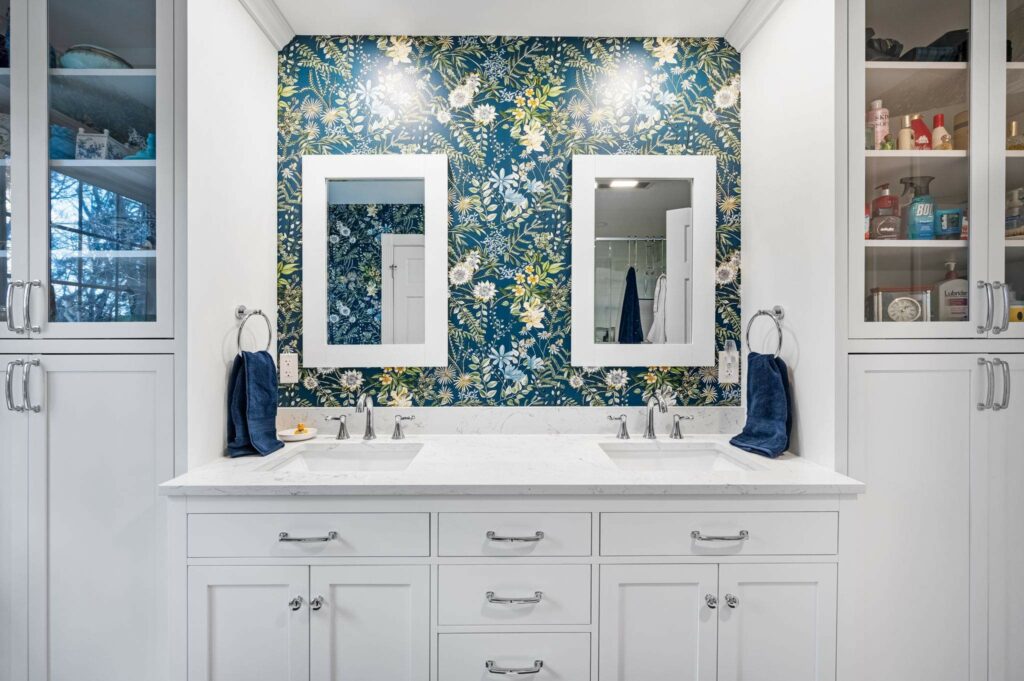
2. Budgeting for Success
Consider the costs. Understand the financial commitment involved in bringing your vision to life. Consider not only the direct costs of materials and labor but also potential unforeseen expenses. By candidly looking at the financial aspect, you set the stage for a project that aligns with both your aspirations and your financial comfort.
Set a realistic budget. Begin by researching the average costs associated with similar projects in your area. Factor in a contingency fund to account for unexpected expenses that may arise. Prioritize your needs and wants to allocate your budget effectively. Remember, a realistic budget is not just about limiting expenses but about making informed choices that allow your project to thrive within financial boundaries.
Explore cost-effective yet impactful design choices. Budget constraints don’t have to be as limiting as you might think. Consider refurbished or repurposed materials to add character without breaking the bank. Opt for versatile and timeless design elements that withstand changing trends. Additionally, DIY projects can inject personal touches without hefty costs. By exploring these options, you can achieve a design that maximizes the value of your investment.
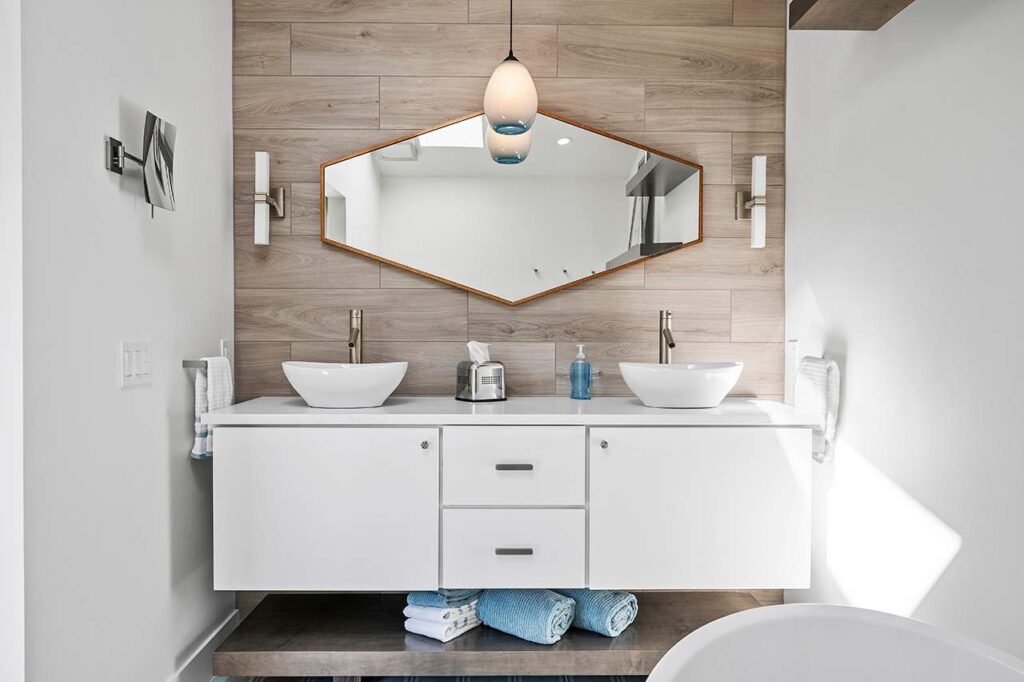
3. Finding Inspiration
Explore different sources of inspiration. Magazines, design blogs, and social media platforms offer a wealth of visual inspiration. Get inspired by how local, Cleveland area homeowners are renovating their spaces. Dive into architectural books that showcase diverse design styles, from classic to contemporary. Nature, too, is a timeless muse – draw inspiration from its colors, textures, and organic forms.
Keep an eye on current design trends. While timeless designs endure, current trends can infuse a sense of contemporary flair into your home. Ask yourself: What are some of the latest design trends that resonate with your personal style? From color palettes to furniture styles, staying abreast of what’s en vogue can spark innovative ideas for your project. However, it’s essential to balance trendiness with timelessness. Integrating a few trend-inspired elements ensures your design feels fresh, while maintaining a foundation of enduring design principles ensures a lasting appeal.
Let your personal style shine. In this sea of inspiration, your personal style stands as the guiding force. Consider the elements that define your taste – whether it’s a preference for minimalist aesthetics, bold colors, or eclectic patterns. Your home is an extension of yourself, and staying true to your unique vision for it will keep it authentic and welcoming. As you sift through design ideas, prioritize what makes you happy!
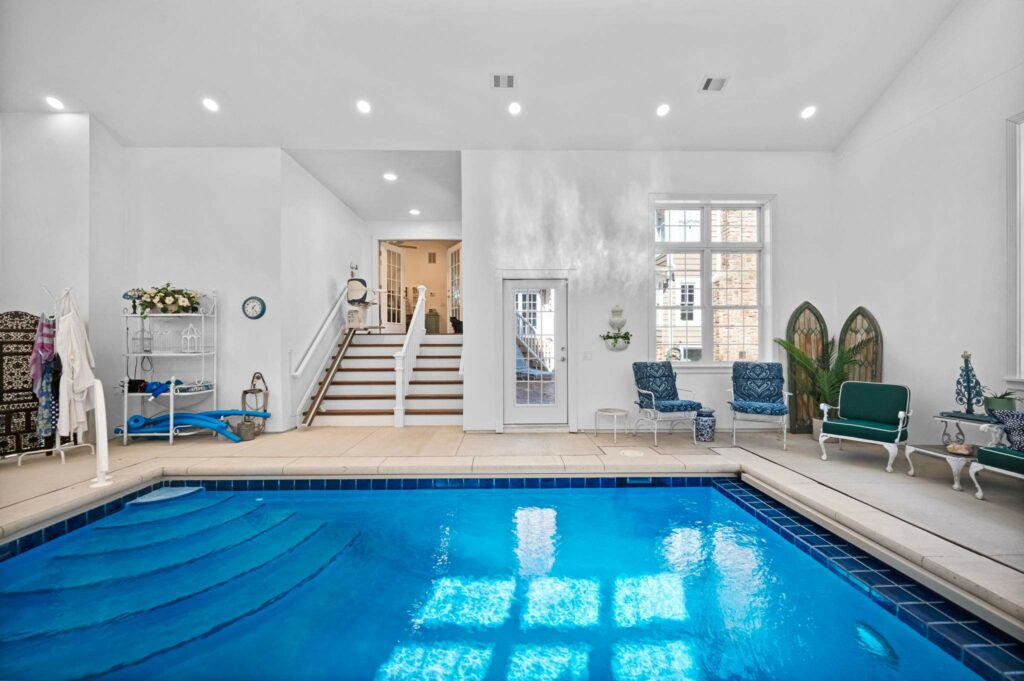
4. Planning the Layout
Spend time on the floor plan. Consider the flow between rooms – how each area seamlessly connects and complements the others. A well-designed floor plan not only enhances the aesthetic appeal of your home but also plays a pivotal role in optimizing functionality.
Maximize space and functionality. Take a discerning look at each room, considering how to utilize every square foot effectively. Explore multifunctional furniture to optimize space without sacrificing comfort. Consider built-in storage solutions to keep clutter at bay and create a streamlined aesthetic. A thoughtfully planned layout not only enhances the visual appeal of your home but also ensures that each space serves a purpose.
Address traffic flow and accessibility. Analyze how occupants move through different areas and ensure that pathways are intuitive and unobstructed. Pay attention to door and furniture placement to create a natural flow between rooms. Accessibility is not just about physical ease but also about fostering a sense of openness and connectivity within your home.
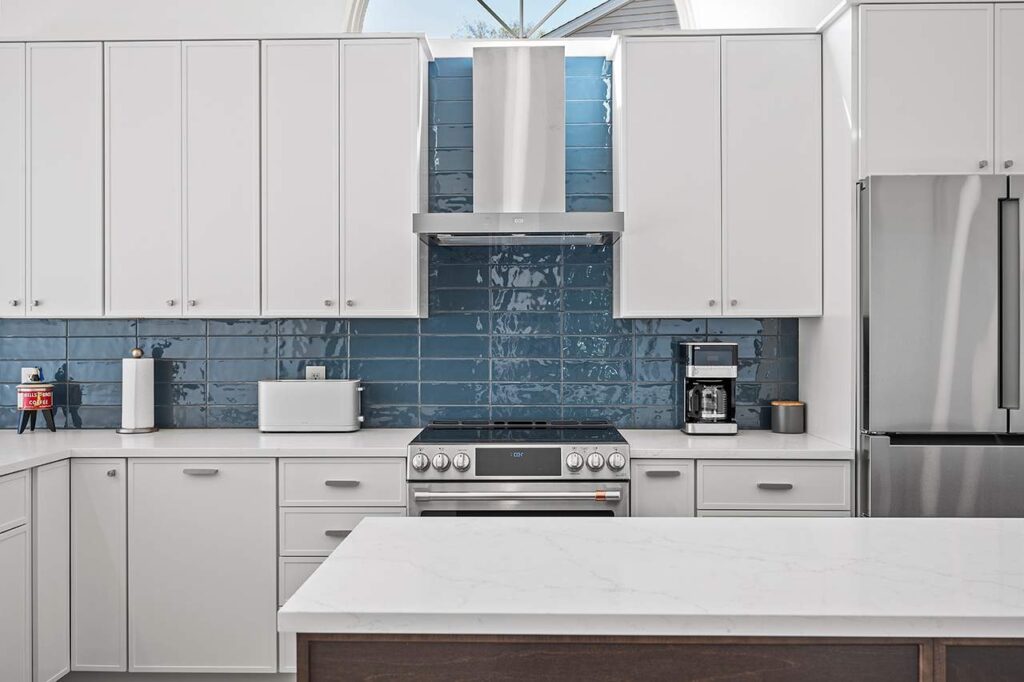
5. Selecting materials and Finishes
Understand your options. There are far too many to cover in this article, but here is a brief overview of some of the materials that you have to choose from. Flooring options range from classic hardwood to versatile tiles that offer durability and easy maintenance. When it comes to walls, consider the texture and visual impact – from the timeless elegance of wallpaper to the contemporary allure of exposed brick. Surfaces, including countertops and tabletops, offer opportunities for creativity with materials like granite, quartz, or recycled glass.
Balance aesthetics with durability. While the allure of intricate designs and delicate materials is undeniable, practical considerations are equally important. Flooring that withstands daily foot traffic, walls that resist wear and tear, and surfaces that endure the rigors of daily use are crucial for a long-lasting design.
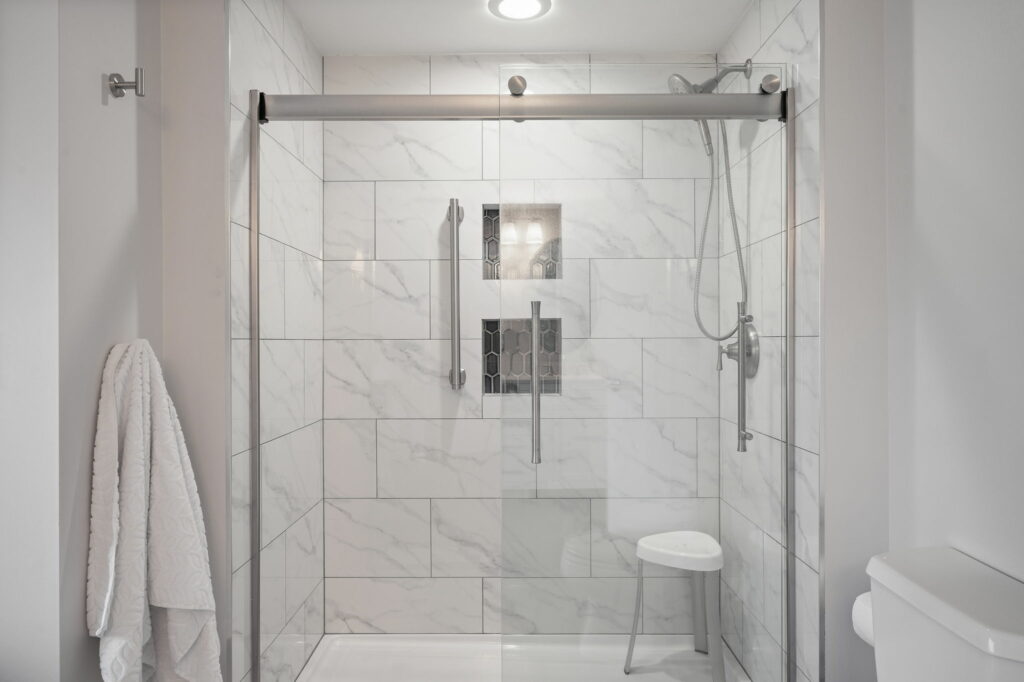
6. Hiring the right professionals
Find and vet contractors. Begin by seeking recommendations from those you trust, exploring online reviews, and studying portfolios. Vetting potential contractors involves scrutinizing their qualifications, licenses, and past projects. Interview them to understand their approach, communication style, and problem-solving methods. Find a local contractor whose values align with your vision and who possesses a proven track record.
Communicate clearly. Articulate your desires, preferences, and non-negotiables from the beginning. Establish open lines of communication to foster collaboration. Regular check-ins and updates facilitate the swift resolution of concerns and maintain momentum. While professionals bring their expertise to the table, your input is indispensable.
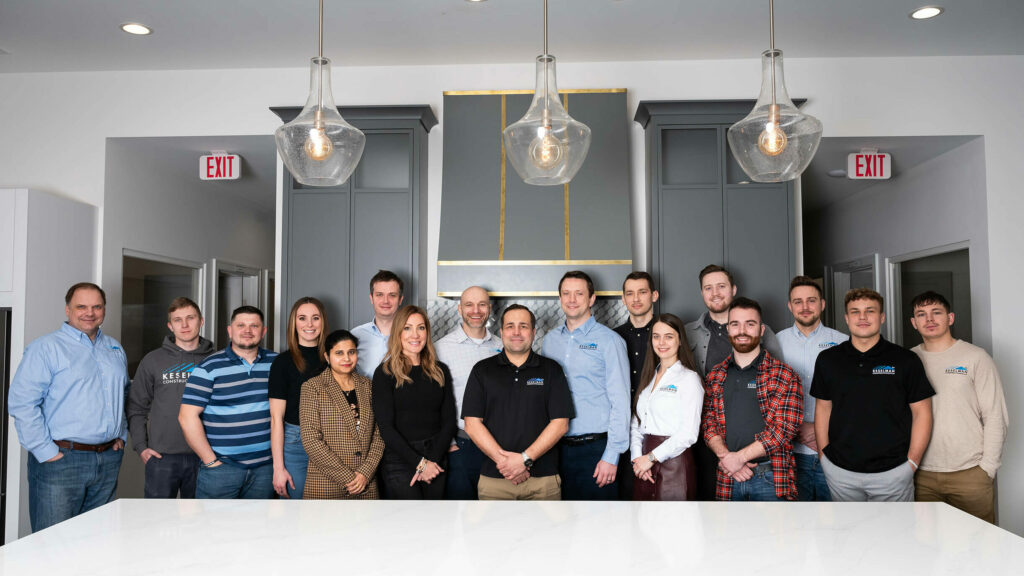
7. Navigating the Renovation Process
Work with your chosen contractors to make a detailed plan. Depending on your project, this could involve obtaining permits, demolition, electrical work, painting, choosing flooring materials or fixtures… and the list could go on and on. Make sure that your plan consists of clear, actionable steps.
Be ready for challenges. Unexpected issues may arise during demolition, such as hidden structural problems or outdated wiring. Flexibility is crucial – anticipate the unexpected and have contingency plans in place. Budget overruns are another common challenge, emphasizing the importance of a realistic financial plan. Clear communication with contractors in these situations is critical.
Stay organized and on schedule. Begin by creating a detailed timeline that outlines each phase of the project. Regularly review and update the schedule as needed, ensuring that everyone involved is aware of milestones and deadlines. Organization extends to documentation – keep records of permits, contracts, and design plans in an easily accessible format.
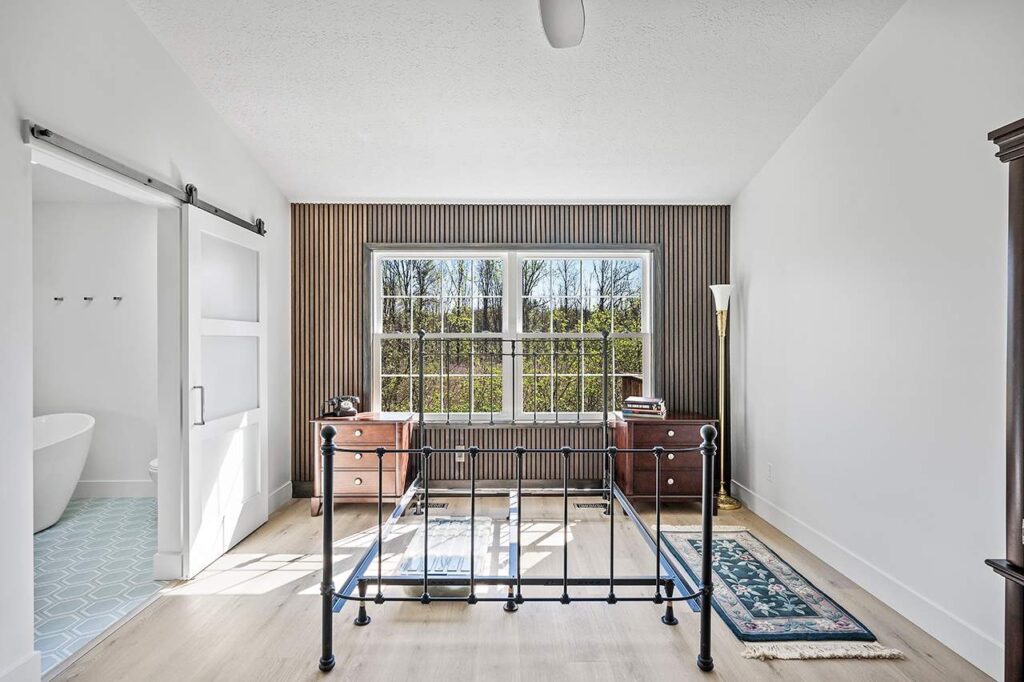
8. Adding Personal Touches
Incorporate some DIY projects and customizations. Consider crafting unique pieces of furniture, creating art installations, or repurposing items to fit your aesthetic. Customizations extend beyond the physical – think about using family heirlooms or souvenirs in your decor.
Craft a cohesive and personalized aesthetic. Begin by establishing a unifying theme or color palette that fits your tastes. Mix and match textures and patterns to add visual interest while maintaining a cohesive overall look. Create focal points within each room, drawing attention to elements that hold personal significance. Don’t shy away from displaying cherished artwork, photographs, or mementos – they are the heartbeats of your home’s story.
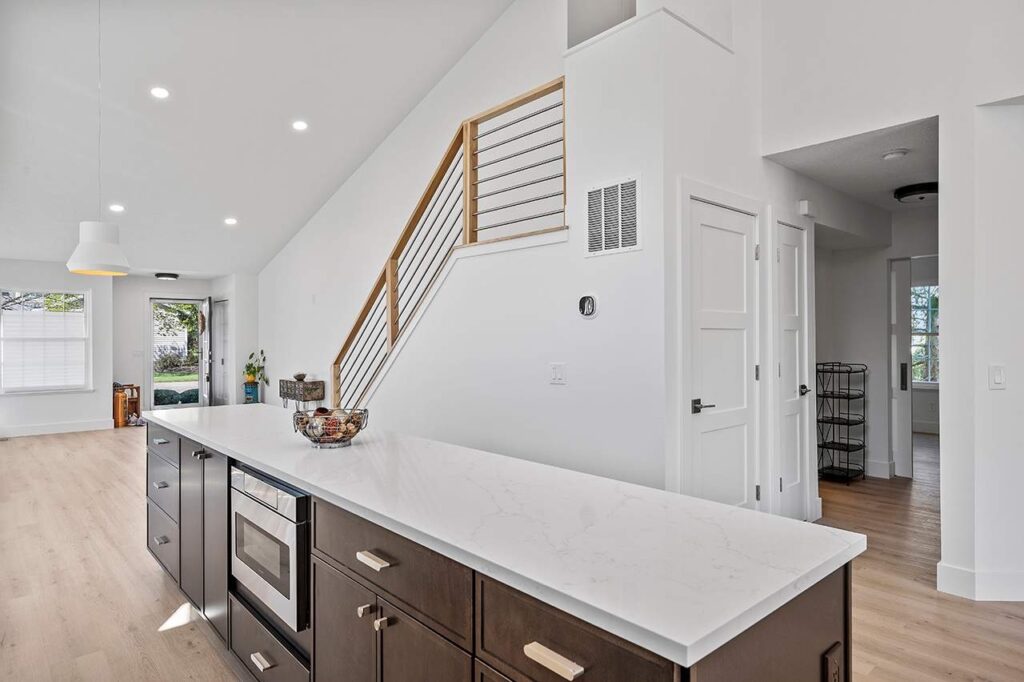
Start Today!
Ok, so your renovation still feels big and there’s still a lot to do, but hopefully we’ve helped it to feel a little more manageable! You’ve got this. Looking for pros in the Cleveland area to help make it happen? Contact us today!
